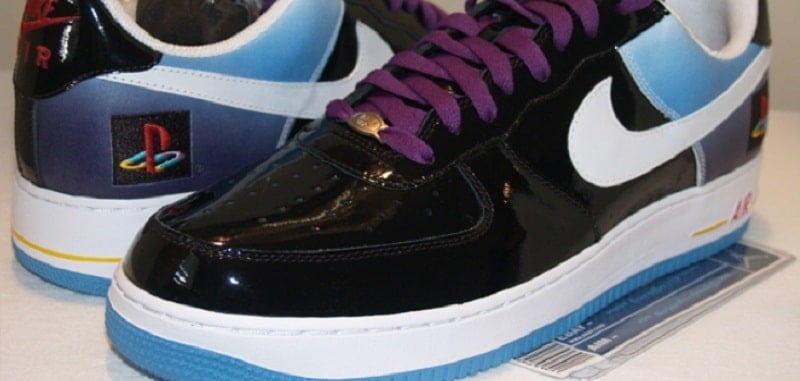
If you’re not big on shoe culture, you might wonder what I’m even talking about here. If you are into the scene, you’ll know what I mean when I say it’s frustrating to get your hands on even a single pair for anything near actual retail price.
Like any rare good, shoes from Nike and Supreme can bring a hefty price for those willing to buy them and resell them. Nike is, in fact, perhaps one of the best targets for a dedicated reseller. They’re a hugely popular brand, so the quality and consistency of their product are unmatched. They have a very long history, so when they say they aren’t going to release a particular shoe again, people can trust that to be true. They also have the resources to make unique limited-run shoes and release them to commemorate certain events.
Both Nike and Supreme has done this time and again, and it has proven to be a very lucrative
The business model for those who have the time, resources, and aggressive natures necessary to procure those shoes. They make connections with shoe collectors around the world, who will pay often ten or more times the value of the shoe just to obtain it. Nike sells shoes to retailers, retailers sell them to middlemen, middlemen sell them to foreign dealers, and those dealers sell them to collectors or other, more high-end dealers, and so on up the chain. The price increases every step of the way.
The question is, how do these middlemen obtain these shoes so quickly?
Time and again, if you watch, you can see products sell out in seconds. Sometimes products will be sold out before the deal officially goes live on a website. It will go from a release countdown to a sold-out banner immediately. I’ve seen this before for a whole range of products, from shoes to video games. It’s not unusual, but it is tricky to pull off, one of the reason is lots of those resellers use the Nike bots and Supreme bot, manul is really hard to win the releasing.
Most of us don’t know how to game the system to get hold of these items. We try to be among the first to F5 a website and refresh it the instant a deal goes life, and we hope the website doesn’t crash. We become pros at plugging in our payment information, or we rely on lurking on sites that already have that information saved. Amazon is notorious for this with some of its better black Friday and lightning deals.
All of this is a subversion of what Nike expects the retail process to look like. They create a limited run of a shoe – something like 2,000 individual units – and they release them to select stores across the nation. The idea is to build hype about the shoe and push them out to specific retailers, where fans will camp out overnight just to get a chance at them.
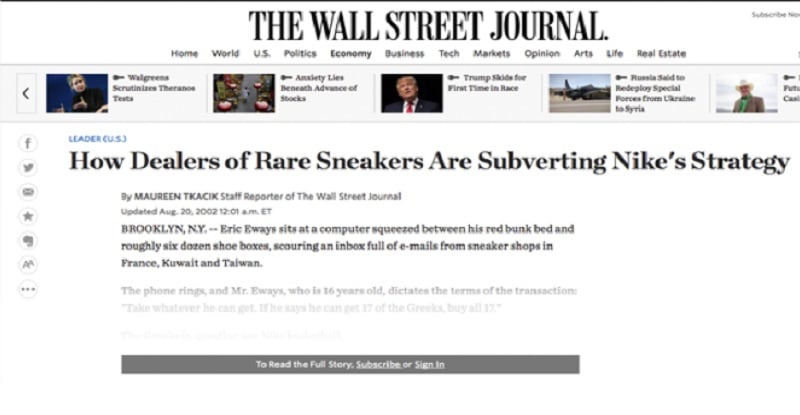
Nike has taken a very interesting stance on this whole thing, as well. On one hand, they don’t comment on it directly. In a Wall Street Journal article, they simply say that “It’s not underground anymore when you talk about it.” It makes sense; they don’t want to popularize the method, leading to even less availability of the shoes, and more frustrated fans having to buy them from third parties for insane markups.
On the other hand, Nike employees have been known to monitor and keep tabs on these sites and communities, those who harvest and sell these shoes at a markup, to use the data they acquire. The idea is, I guess, to treat these communities as focus groups. They can see when a larger or smaller product run has an effect on the value and popularity of a shoe. They can monitor the reactions to different models, and essentially harvest a lot of free data they can use to improve future product ideas.
At the same time, Nike can and will travel to stores in person to do spot checks on receipts to make sure stores are selling shoes normally, and not in bulk orders to a single person. The rumor is they will cancel a store account and pull Nikes from stores that do this, though it’s unclear whether that has ever happened. Supreme has been known to do something similar.
So, that’s the scenario. The question is, how do they do it? How do these people, these middlemen, pull off buying so many pairs of limited-run shoes for their resale markets? When these shoes can be released all around the world, in extremely limited quantities, it doesn’t make sense for a small two-man operation or what have you to be traveling internationally for a few hundred bucks in profit.
The answer is, as it usually is these days, a matter of the Internet.
Sniping Products Online
When you boil everything down, there are only a few ways to buy a pair of rare shoes or any product for that matter.
At first, you have one division; you can buy in person or you can buy online. Buying in person is obviously the most limited. You – or your representative – needs to be there in person the moment the shoes go on sale, ideally at the front of the pack, with the cash and the incentive to buy as many copies of the shoes as they can carry.
They have to be willing and able to potentially be able to fend off a crowd of irate customers waiting in line behind them. They have to be able to convince the store to sell them as many as possible. It’s all a huge potential hassle, particularly when you start dealing with agents around the world.
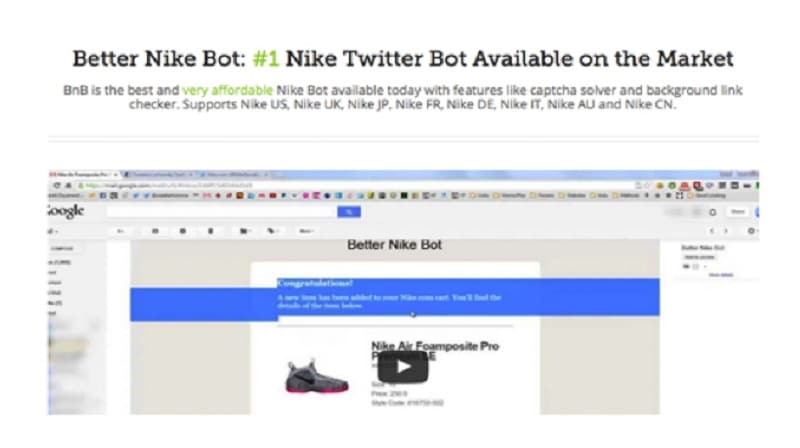
Related: Guide to Copping limited shoes with Bots and Proxies.
Online is much easier, and yet also potentially much more complicated. You need to be able to buy the shoes online, for one thing. Nike doesn’t always offer their limited run shoes online, and they often have directives telling retailers not to list the rare models online at all. It’s meant to drive foot traffic to the store, not to get a quick run online and let the hype die.
Online has a number of issues. For one thing, you have to consider the release date. If a shoe sale goes live at midnight, is that midnight pacific, midnight eastern, midnight GMT? Is a retailer going to make an error and let the shoes go live 5/10/20/60 minutes early?
Timing is crucial.
You also have to consider the site architecture. If you’re buying from a big site or retailer, like Nike.com or Amazon.com, chances are their site can handle a massive deluge of traffic without issue. It might hiccup in the payment processing phase, though, so you need to watch out. For smaller retailers, small stores listing shoes online, the site can easily be taken down by a flood of people. This is effectively like a hype-driven DDoS; there’s nothing you can do to stop it short of somehow getting in before the pack.
You need to consider the ethics of the store selling the product.
A site like Amazon or Nike isn’t going to break street date – that is, the date and time the product is supposed to be available for sale – but a smaller storefront might not care, or might have an IT person in charge of the website that doesn’t care. There’s no sense in logging on at the launch date for a storefront that sold out two days prior.
You need a method of payment that won’t be declined, but that’s generally not a problem for major credit cards or Paypal. A business account can be expected to be making decisions around the world, and won’t be shut down because of it.
There’s also the limits on geographic availability.
If a particular rare shoe is, for example, released in both L.A. and New York City, chances are the release date is going to be rolling to account for the time differences. You need to be on point getting into each site right when it becomes available.
Geography can also play a factor in web releases in that sometimes sites will have restrictions on the addresses to which they will ship or the IP addresses to which they will sell. If you’re trying to buy a rare shoe from a storefront in Tokyo, an IP address from Iowa probably isn’t going to do it.
The Role of Proxies Play
Proxy web servers are the perfect tool to solve almost all of these problems. Using one, you can make it look like your traffic is coming from an area more local to the storefront, so you get more priority in placement and you have fewer jumps between “you” and the storefront server. In reality, of course, you have more, because you’re going through the proxy server, but it shouldn’t slow you down if you get a good local proxy.
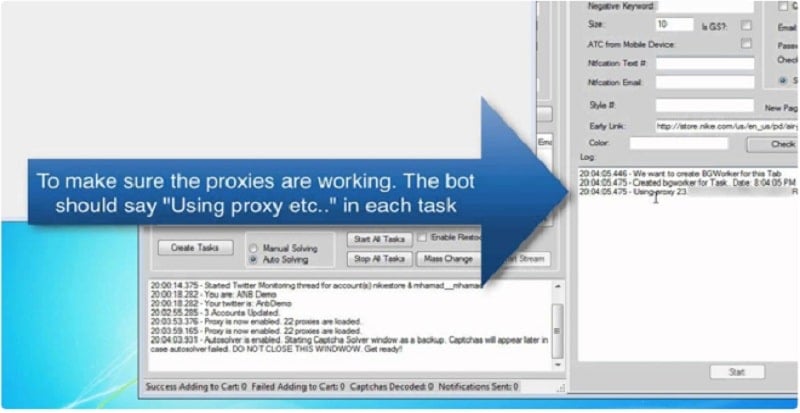
A proxy server will be able to show as coming from the right time zone and geographic location in order to buy a rare, limited product. And, in fact, that’s what a lot of these web resellers are using. They buy the use of high-quality proxy server connections for their purchasing and buy up as many shoes as they can. Sometimes, if there’s a limited quantity per person or per transaction, they will use as many as a dozen different proxies simultaneously to push through a bunch of different transactions to obtain more units of the product.
So, in order to get a leg up on the competition – who might be other resellers or just interested buyers – you need to use a proxy connection. Typically, you’ll need to use numerous proxies, and test them beforehand. You never know if one particular proxy is going to be blocked from a site due to past abuse, or if it just won’t accept payments properly.
Ideally, you will test any proxy connection you intend to use at least a day before the actual release of the product you’re looking to get. You’re looking for a proxy that connects quickly, that doesn’t have errors when buying a product, and that is secure enough that you trust it with whatever payment option you use. It’s typically a good idea, even when you’re using private proxies, to use temporary payment information like prepaid cards or a limited PayPal account.
There are two reasons to make a test purchase; first to test to make sure you can purchase successfully, and second to have your information in place on the site to minimize the amount of time it takes to make a purchase later when milliseconds can mean the difference between 2 units and 20. So, what does a proxy server need to fit your criteria?
Picking the Perfect Proxy
I’ve come up with a bit of a list of what you need in a good proxy if you’re going to be attempting this kind of transaction. I’m not about to make moral judgments upon it; as long as it’s legal, do what you will. Here’s what you should look for in a proxy server.
The editors recommends
Privacy
The very first thing you want to look into his how private the proxy is. Public, free proxy servers are almost universally terrible. They’ll throw ads into your content, they’ll disrupt your usage with more ads, they’ll be slow and unreliable, and they’ll be used by who knows how many other people.
Some of the worst might be monitoring your connection and may scrape any personal information you include, up to and including payment information. It’s also possible that a previous user got the IP banned from the storefront you’re trying to use.
It can be very dangerous to do anything more than the most basic web browsing with a public proxy. A private proxy list will typically cost you money to access, but it will be used by far fewer people and will be much more reliable. It also won’t need to lace your content with ads, because it’s making money in a different way.
Security
This is sort of an extension of privacy in many ways. You don’t want your traffic monitored or tracked. You don’t want to worry about having your payment information stolen. You don’t want to funnel your traffic unencrypted through who knows how many servers or channels.
Private proxies tend to be much better in this regard, though I will always recommend using temporary information and payment methods just in case. No matter how secure a proxy server is, there’s always the slim chance of compromise.
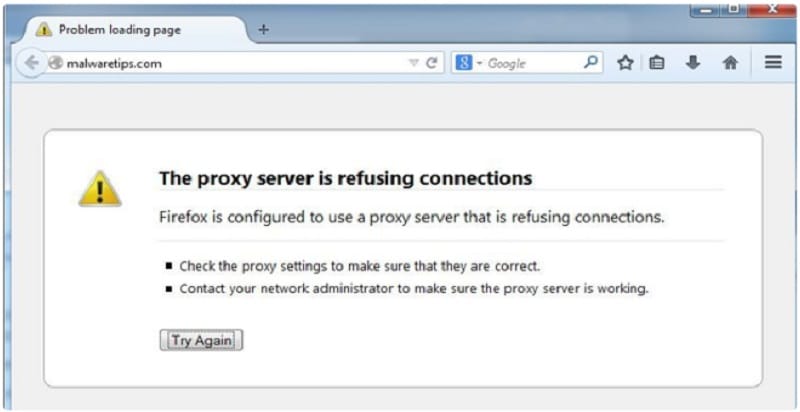
Speed
Speed is literally of the essence here. You’re talking about transactions where fractions of a second make or break your entire gamble. Public proxies tend to be hosted in Eastern Europe or in weird, slow locations of other countries. Heck, some public proxies are just personal computers as nodes in a botnet. Private proxies tend to be better servers in faster locations, with better connections to Internet backbones. You need as fast a connection as possible between yourself and the proxy and as fast a connection as possible between the proxy and the storefront you’re targeting.
Lack of advertising or interstitials. Any time a proxy server is taking to load advertising is the time you’re not loading a storefront page. If it’s forcing you to operate in an iframe, you’re also at risk of interstitial ads loading. Instead of your payment confirmation page, an ad comes up, and then you’re boned. You can’t just back out of the ad, because you’ll have to refresh and make the order again, and by that time all of the available units are gone.
Nearby geographic location
This is a huge factor in many ways. It’s what determines the time zone the store thinks you’re in, which can get you an advantage if you’re in a zone where the release might be earlier. If the store has filters on the geographic allowance for purchasing and shipping, you need to appear to be local. You also, of course, need as few jumps between servers as possible to reach your destination.
More, Things You Should Consider When Buying Sneaker Proxies
If you’ve found a proxy list that meets these criteria – hint hint – you should hang on to them. Good proxies can be hard to find, and it’s well worth keeping them around when you find them.






